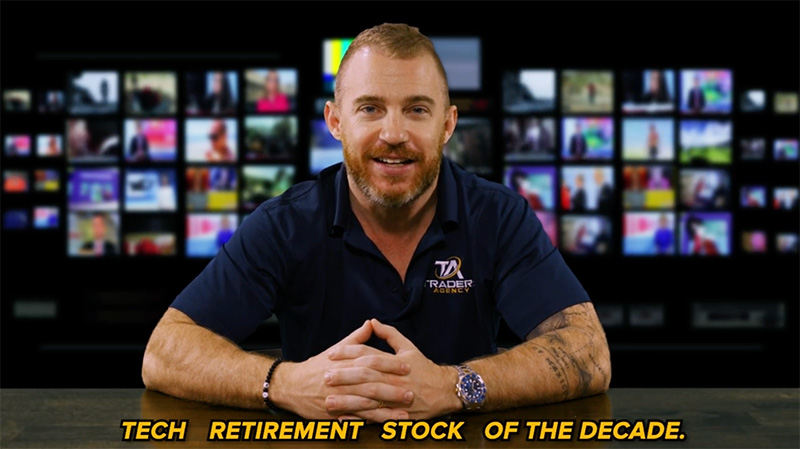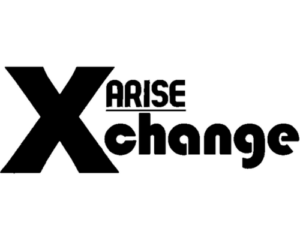Editor’s Note: U.S. markets as well as our offices are closed all day tomorrow, Nov. 25, for Thanksgiving, so we will not be publishing Traders Agency Insider on Thursday. We will be back on Friday morning with your next issue.
Now, onto your regular issue…
Despite concerns about inflation, earnings and supply chain issues, the major U.S. stock indexes are slowly grinding higher.
Just this past Monday, the S&P 500 index set a new all-time intraday high at 4,743.83 before pulling back.
The Nasdaq Composite also set a new intraday high at 16,212.23 before ending lower at the close.
However, this doesn’t tell the whole story.
Both the S&P and the Nasdaq are “market capitalization-weighted” indexes.
Basically, this means that the larger a company’s market capitalization, the more it influences the pricing of the overall index.
For example, the daily movement in the price of Apple Inc. (AAPL) stock, with an 11.2% weighting in the index, will have a much greater impact on the pricing of the Nasdaq than eBay Inc. (EBAY), which only has a 0.3% weighting.
However, this strong performance we’re seeing in the major indexes is not a reflection of the overall breadth, or stock participation, of the market.
Understanding Stock Participation
As I’ve been alluding to, stock participation is low.
But because the S&P and Nasdaq are market-cap weighted indexes, what’s happening is that a smaller number of very large companies that are performing well is helping to lift the overall stock indexes.
For evidence of that, we need to look below the surface.
In the bottom pane of the chart above, you can see the performance of the Nasdaq Composite since the start of the year.
Clearly, it has been grinding higher for most of 2021.
But look at the top pane in the chart above…
This pane depicts the percentage of Nasdaq Composite stocks trading above their 50-day moving averages (MAs).
As regular readers know, the 50- and 200-day MAs are some of my favorite short- and long-term trend indicators.
These MAs plot the average price of a stock or index over a set number of past sessions, and they help to smooth out the day-to-day price volatility to make the overall trend clearer.
It’s generally a good thing when stocks are trading above their 50- and 200-day MAs because it shows that they’re still moving along their bullish trend.
Now, for the Nasdaq Composite, this number has been declining, meaning that more stocks are starting to decline, and fewer and fewer stocks are trading above their 50-day MAs.
This issue has only been accelerating for the last few weeks.
What This Means for Markets
This tells me that most stocks are not participating in the overall rally of the major indexes.
As noted above, larger companies like Amazon.com, Inc. (AMZN), Apple, Alphabet Inc. (GOOG) and Tesla, Inc. (TSLA) are disproportionately weighted in the Nasdaq Composite.
And what we’re seeing is that the top five or six stocks in the market can push the index up, even if 2,000 others are flat or trading down.
This is why I try to detach my trading from the indexes.
I gauge the state of the market based on how well trades are working. Period.
I don’t care if the Dow is up. And I don’t care if the Nasdaq is making new highs.
A real bull market will see broad participation, and a vast majority of stocks will be moving up.
But right now, that is not what’s happening.
And that’s why I’m taking a more cautious approach to my trading right now and holding a decent amount of cash.
Embrace the surge,
Ross Givens
Editor, Stock Surge Daily








